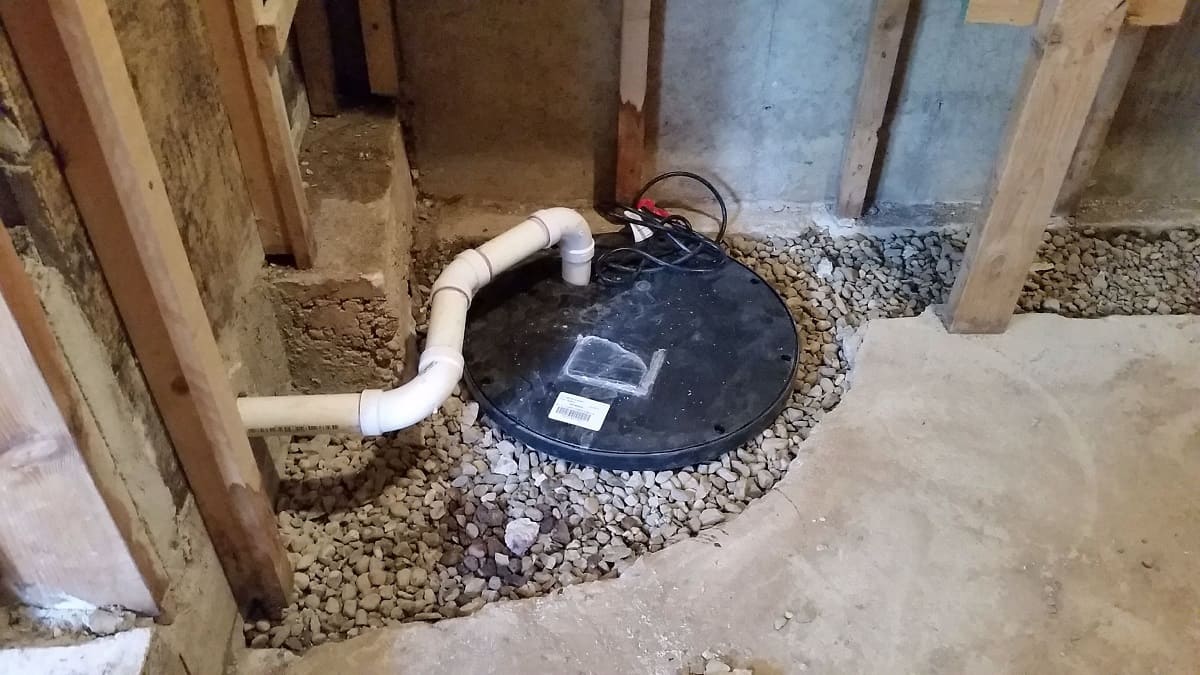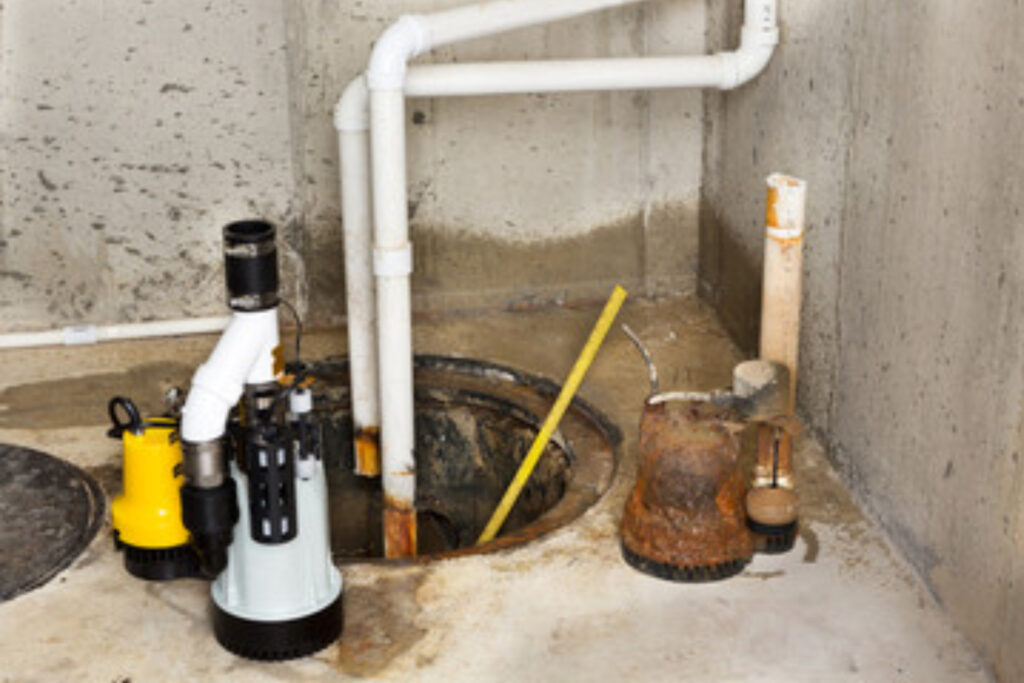An Comprehensive Guide to Taking Care of a Sump Pump
An Comprehensive Guide to Taking Care of a Sump Pump
Blog Article
On this page in the next paragraphs you will discover additional amazing facts all about Keep Your Sump Pump Clean, It'll Keep You Dry.

Sump pumps are essential parts in numerous homes, particularly in locations susceptible to flooding or excessive dampness. They aid prevent water damage by efficiently getting rid of excess water from basements or crawl spaces. However, like any other device, sump pumps need routine maintenance to ensure they work effectively when needed one of the most. Cleaning your sump pump is a crucial part of its maintenance, and understanding just how to do it appropriately can conserve you from pricey repairs and potential calamities.
Intro
Keeping a tidy sump pump is vital for its appropriate performance and longevity. Ignoring this necessary job can lead to blockages, breakdowns, and inevitably, water damages to your building. Therefore, learning exactly how to cleanse a sump pump is important for home owners that depend on these tools to keep their basements completely dry and secured.
Understanding the Sump Pump
Prior to diving into the cleansing procedure, it's vital to have a fundamental understanding of exactly how a sump pump functions. Normally installed in a pit or basin listed below the cellar flooring, a sump pump includes several crucial elements, including a pump, a float button, and a discharge pipe. When water collects in the pit, the float switch activates the pump, which after that pumps the water out via the discharge pipeline, away from the building's foundation.
Indications of a Dirty Sump Pump
Understanding when your sump pump needs cleansing is important for preventing prospective malfunctions. Some typical signs that indicate a dirty sump pump include odd sounds throughout operation, lowered water flow, and visible debris in the pit. If you see any of these symptoms, it's necessary to clean your sump pump promptly to stay clear of any further issues.
Getting ready for Cleansing
Prior to you begin cleansing your sump pump, it's necessary to take some security preventative measures. Beginning by shutting off the power to the pump to stay clear of any kind of electric mishaps. Additionally, put on ideal protective gear, such as handwear covers and goggles, to safeguard yourself from dirt, particles, and potential pathogens.
Detailed Overview to Cleansing a Sump Pump
Shutting Off the Power
Begin by separating the power supply to the sump pump to prevent any mishaps while cleaning.
Eliminating Particles and Dust
Make use of a pail or an inside story to remove any noticeable particles, dust, or sediment from the sump pit. Dispose of the debris correctly to avoid it from obstructing the pump or the discharge pipeline.
Cleaning the Pump and Drift Change
When the pit is free from debris, thoroughly get rid of the pump from the pit. Examine the pump and the float switch for any kind of indicators of damage or wear. Use a soft brush or fabric to cleanse the surface areas and get rid of any collected grime.
Purging the System
After cleaning up the pump and float switch, flush the sump pit with clean water to eliminate any remaining dirt or sediment. This will certainly assist ensure that the pump operates efficiently and efficiently.
Checking for Proper Performance
Before reinstalling the pump, carry out a fast examination to ensure that the float switch turns on the pump properly. Put some water into the sump pit and observe the pump's procedure. If everything is operating appropriately, you can reconstruct the pump and reconnect the power supply.
Upkeep Tips to Maintain Your Sump Pump Clean
Along with routine cleaning, there are a number of upkeep pointers you can follow to maintain your sump pump in ideal problem:
Conclusion
Cleaning your sump pump is a vital facet of its upkeep and makes certain that it operates successfully when you need it one of the most. By adhering to the actions outlined in this guide and incorporating routine upkeep into your routine, you can expand the life expectancy of your sump pump and shield your home from water damage.
6 STEPS ON HOW TO CLEAN A SUMP PUMP PROPERLY
UNDERSTANDING SUMP PUMPS
Your sump pump plays a crucial role in protecting your home by managing and removing excess water. It primarily functions as a “shield”, guarding your basement against the damaging effects of water accumulation. The pump is housed in a sump pit in the lowest part of your basement, and its job is to pump out any water that collects there.
During heavy rainfalls or when snow melts rapidly, water can infiltrate your basement, posing potential risks like flooding, structural damage, and harmful mold growth. Here, the sump pump springs into action, pumping out the intruding water and directing it away from your home.
SAFETY FIRST
Before cleaning, remember to prioritize safety. Disconnect the sump pump from the power source to prevent any accidental electric shocks. Also, wear sturdy gloves to protect your hands from any sharp or dirty components within the pump.
REMOVE THE SUMP PUMP
After ensuring your safety, the next step is to remove the sump pump from its pit. Doing this might require careful maneuvering as you don’t want to damage any pump components. Once removed, clean the sump pit to remove any accumulated debris or sludge.
INSPECT THE PUMP
Inspect the pump for any visible signs of wear or damage. Check the power cord, float switch, and impeller housing. If any components look worn out or damaged, consider replacing them to ensure optimal performance.
CLEAN THE PUMP
Thoroughly clean the pump with warm, soapy water. Make sure to rid it of any dirt, gravel, or other debris that might impede its performance. You can use a toothbrush to clean the small, hard-to-reach parts of the pump.
REINSTALL THE SUMP PUMP
Reinstall the pump into the sump pit Make sure it’s positioned correctly to remove the water effectively Once it’s back in place, reconnect it to the power source TEST THE PUMP
Finally, pour some water into the pit to ensure the pump works correctly. It should start automatically and begin pumping out the water; if it doesn’t, check the power source and the positioning of the pump.
Remember, while cleaning your sump pump is an essential part of home maintenance, hiring a professional plumber for a thorough inspection and cleaning at least once a year is also important. This will ensure that your pump is in optimal condition, ready to protect your home from potential water damage.
BEST PRACTICES FOR CLEANING SUMP PUMP DISCHARGE PIPES
Regular Inspection: Regularly inspect your discharge pipes, especially during heavy rainfall or snowmelt periods. Look for any signs of blockage or damage. Early detection of problems can prevent serious issues down the line. Periodic Cleaning: Over time, sediment and debris can accumulate in the discharge pipes, impeding the flow of water. Regular cleaning helps keep the pipes clear and functioning efficiently. You can use a high-pressure water jet to effectively clean the pipes. Insulation During Winter: In colder climates, discharge pipes can freeze, blocking the outflow of water. Protect your discharge pipes from freezing temperatures by insulating them with foam pipe insulation. This will ensure the sump pump can continue to discharge water even in freezing conditions. Proper Positioning: The discharge pipe should be positioned to direct water away from your home’s foundation. Improper positioning can lead to water seeping back into the basement. Ensure the pipe is long enough and angled correctly. Installation of a Check Valve: A check valve prevents water from flowing back into your sump pit after the pump has pushed it out. Installing a check valve helps maintain the efficiency of your sump pump and reduces the risk of flooding. Minimize Pipe Turns: Every curve or turn in the discharge pipe can decrease the efficiency of water flow. By minimizing turns and bends in your discharge pipe, you can increase the efficiency of your sump pump. https://www.fullspeedplumbing.com/how-to-clean-a-sump-pump-properly9999/

I am very curious about and I hope you appreciated the entry. Do you know about another individual who is sincerely interested in the subject? Feel free to share it. Thanks so much for taking the time to read it.
This Page Report this page